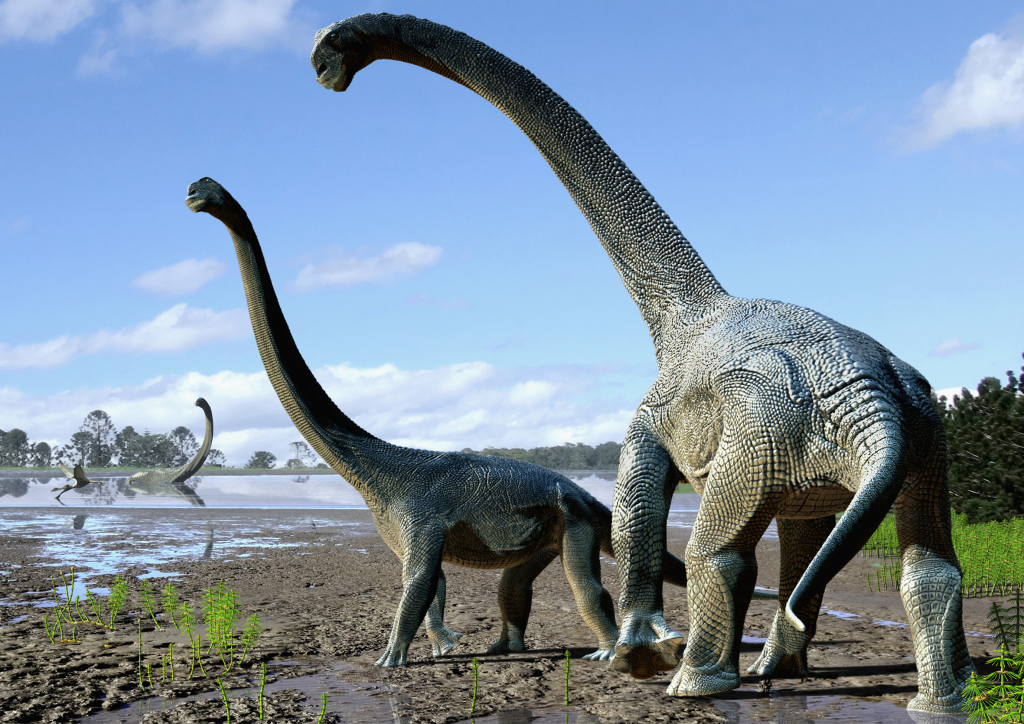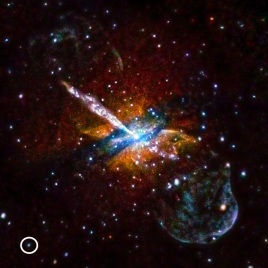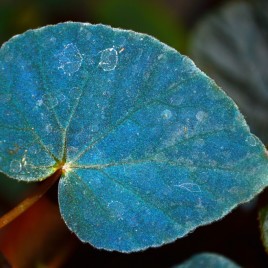
Life restoration of Savannasaurus elliottorum, a type of titanosaur. (Image by Travis Tischler / © Australian Age of Dinosaurs Museum of Natural History)
Two specimens from the Late Cretaceous period, described in a paper published in Scientific Reports, can shed light on how large herbivorous dinosaurs with long necks and tails arrived in Australia. Stephen Poropat and colleagues describe two species of Australian sauropod, remains of which were found in the Winton Formation of Queensland, northeast Australia. The authors propose that lineages of Australian sauropods would have originated in South America and arrived in Australasia through Antarctica. Researchers hypothesize that a period of warming around 105 million years ago would have removed the barrier between Antarctica and South America, allowing the appearance of titanosaurs in Australia.
Authors:
Stephen F. Poropat, Philip D. Mannion, Paul Upchurch, Scott A. Hocknull, Benjamin P. Kear, Martin Kundrát, Travis R. Tischler, Trish Sloan, George H. K. Sinapius, Judy A. Elliott & David A. Elliott
Corresponding author:
Stephen Poropat, Australian Age of Dinosaurs Museum of Natural History, Winton, Australia
Original paper published in Scientific Reports on October 20, 2016.


